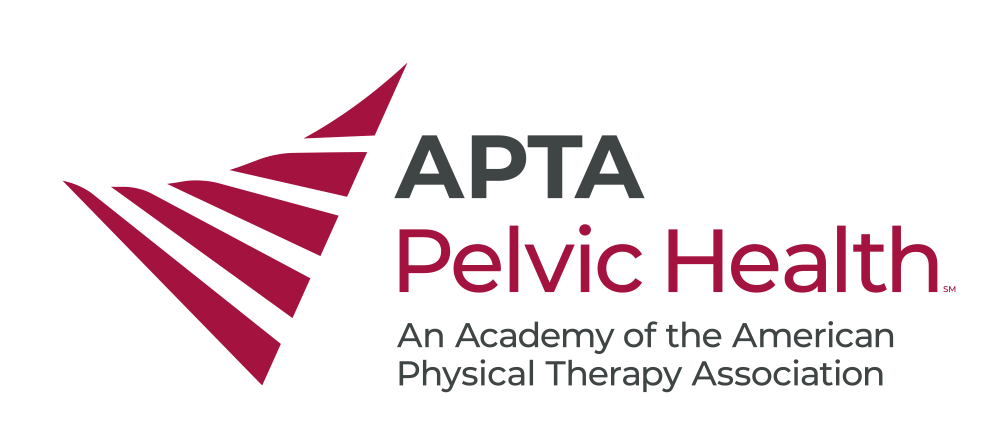Since pain crosses all specialty areas, your help is crucial to make sure we identify key aspects of pain management practice across the different specialties. Our goal is to create a comprehensive, representative Description of Pain Management Specialty Practice as we move toward ABPTS specialty.. Continue Reading
Research & Knowledge
Research-related announcements and news
Uncover the latest advancements, evidence-based research, and clinical practice guidelines in women's and pelvic health physical therapy published in the Journal of Women's and Pelvic Health Physical Therapy and explore current research studies and other research opportunities and resources.
Contribute to our Research & Knowledge Series! Are you an author of research that was published in the Journal of Women's and Pelvic Health Physical Therapy? Are you a current researcher? Our Academy members would love to hear from you about your career in research, key takeaways about your published research, and how your research can translate into practice.
🩷 Donate to Pelvic Health Research
Dr. Donnelly and associates continue with Part B, exploring the influence of prenatal exercise guidance and advice regarding running habits... Continue Reading
JWHPT is pleased to present articles designated for our Fourth Trimester Special Issue which could not be included solely due to page limitations. These post-partum articles could have just as easily appeared in the special issue, and we will present more articles destined for the Fourth Trimester i Continue Reading
The purpose of this study is to gain insight into the awareness, consideration, education, recommendation, coaching and client acceptance of antenatal perineal massage (APM) by physical therapists who advise and treat women during all stages of pregnancy. Continue Reading
Although the musculoskeletal system is a key component to running readiness, this report provides information beyond this system that can be evaluated and considered when working with postpartum runners. Continue Reading
The Journal of Women’s Health Physical Therapy is thrilled to welcome Audrey Brown, SPT and Kayla Koren, SPT to the Digital Media Committee! Continue Reading
In this research report by Havens et al., researchers investigated current trends and practices related to baby wearing in the U.S. Baby wearing has significantly grown in popularity in the last few decades in Western countries, although it dates to our early hominid ancestors. Continue Reading
As pelvic health therapists, the intimacy and vulnerability may be even greater due to some of the internal exams and interventions that come with the specialty. Due to this, it is more important than ever that pelvic health therapists, and all healthcare workers, engage in trauma-informed care. Continue Reading
In a cohort study by Christopher and colleagues investigated differences in overground running kinetics, strength, and flexibility in healthy postpartum runners... Continue Reading
Urinary incontinence (UI) is defined as the involuntary loss of urine and is more common in older adults, especially females.1,2 Various types and several potential causes of UI exist, and numerous medical and surgical treatment options are available for patients experiencing UI. Continue Reading
In the first ever Clinical Practice Guidelines for Pelvic Girdle Pain in the Postpartum Population, Simonds and colleagues map out graded recommendations across 6 practice domains to support clinical decision-making. Continue Reading
Chronic pelvic pain (CPP) affects up to 1 in 4 women, yet CPP can be mismanaged by health care providers (HCPs). Patients with CPP often struggle in the healthcare system, and negative patient-provider interactions persist despite increased knowledge and evidence about CPP. Continue Reading
